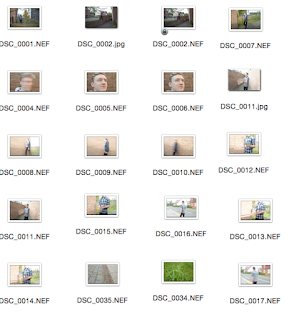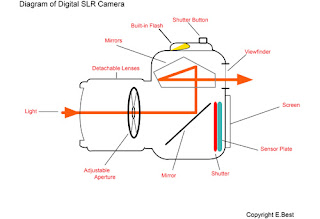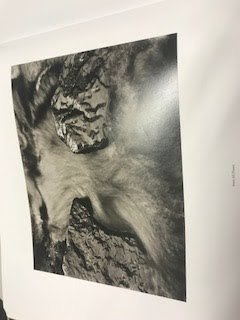Shutter Speed and Aperture
Shutter speed & Aperture
Below is a contact sheet of my shutter speed and aperture photos. From these photos I chose the best examples of each.
Shutter speed
Today I went out and shot some images with the camera on the shutter priority mode, to experiment with a fast and a slow shutter speed. I used the slow shutter speed of 1/4 to get movement line and a less sharp image. The image below is an example of my slow shutter speed image.
the materials I used were a Nikon D3200 and some models to present an example of a fast and slow shutter speed.
I first went out with the camera to shoot some slow shutter speed images. This image below was done using the shutter speed of 1/4. It shows clearly the movements made within the time.
I then experimented using a fast shutter speed to capture a more in focused and sharper image. I used image settings of 1/1000. The image below shows an example of what i captured. I feel this is a good example it shows a freeze in time and there is no blur.
Aperture
The aperture also controls how much light enters the lens but mainly the size of the hole in the lens. The aperture is recorded in F stops with a f in front of the number. The smaller the number like F1.8 means the aperture hole is wide open this means more light enters. However, it has the control over the depth of field this would mean it has a shallow depth of field where the background is blurred and the foreground it sharp. The higher the number like F22 means the aperture hole is small and it has a deep depth of field where the whole image is sharp, this would be used in a landscape image.I then went on to experiment with the aperture priority mode, focussing on more close up images and details. These images were an experiment with deep and shallow depth of fields. I experimented with f4, where the aperture hole is open wide. However, only the foreground is in focus, the background is out of focus and blurred. This setting would be used for close up and finer detailed images to creates a shallow depth of field. Below is an example of f4.5.
I then experimented with around f32, where the aperture hole has a smaller diameter which lets less light but puts the whole camera frame into focus. This produces a large/deep depth of field. This would be used more in landscape images. Below is an example of a deep depth of field where the whole image is in focus.
I think overall my work came out well, there is a clear difference between each of the different settings. However, I think the difference between bigger and smaller apertures could be more vast. I feel I could have shown a better understanding and clearer example through a landscape image.









Comments
Post a Comment